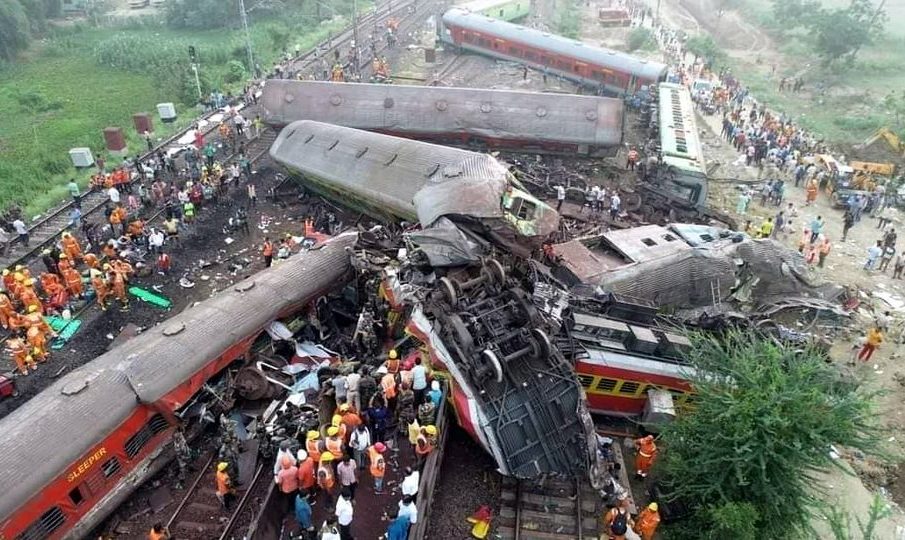Understanding India: Diversity, Culture, and Economic Progress

Introduction
India, the world’s largest democracy and a rapidly developing nation, holds immense importance on the global stage. With a population exceeding 1.4 billion, India is home to diverse cultures, languages, and traditions that contribute to its rich heritage. As it continues to emerge as a significant player in the global economy, understanding India’s unique characteristics and challenges is vital for anyone interested in international relations, economics, and cultural studies.
Economic Growth and Development
In recent years, India has demonstrated remarkable economic growth, positioning itself as one of the fastest-growing major economies in the world. According to the International Monetary Fund (IMF), India is projected to grow at 6.1% in 2023, driven by varied sectors such as information technology, telecommunications, textiles, and pharmaceuticals. The government’s “Make in India” initiative aims to encourage domestic manufacturing and attract foreign investments, emphasizing the importance of economic stability for national development.
Cultural Diversity
India’s cultural landscape is as vast as its geographical expanse. Over 2,000 distinct ethnic groups and more than 1,600 spoken languages paint a vibrant picture of its societal structure. Major religions such as Hinduism, Islam, Christianity, and Sikhism coexist, creating a tapestry of beliefs and practices. Festivals like Diwali, Eid, Christmas, and Baisakhi showcase this diversity and promote unity amidst differences, making India a unique example of cohabitation and multiculturalism.
Current Challenges
Despite its achievements, India faces numerous challenges such as economic inequality, environmental issues, and social unrest. The disparity in wealth distribution remains a pressing concern, as millions still live below the poverty line. Additionally, climate change poses a threat to agriculture and livelihoods, especially in rural areas. The government is implementing policies to address these issues, yet progress remains uneven across states and communities.
Conclusion
India’s significance in today’s world cannot be understated. Its journey towards economic prosperity, cultural richness, and social harmony is both inspiring and complex. As the nation navigates its challenges and strives for a more inclusive future, it offers valuable lessons on resilience and diversity. As global interest in India continues to grow, understanding its multifaceted identity will be crucial for international cooperation and collaboration.


